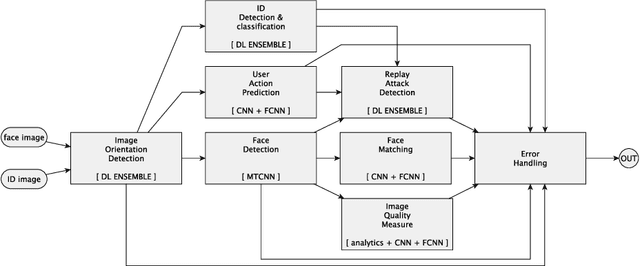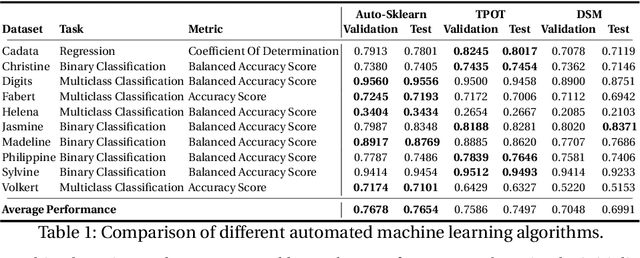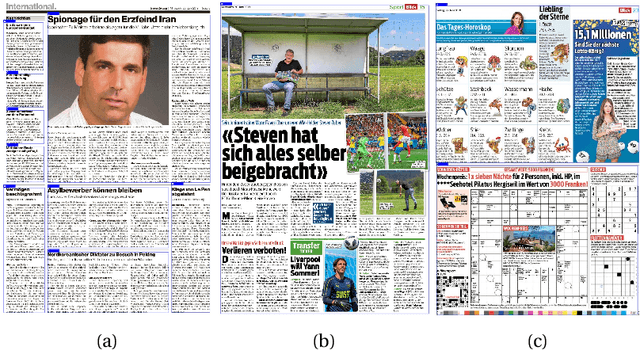Benjamin Bruno Meier
Deep Learning in the Wild
Jul 13, 2018



Abstract:Deep learning with neural networks is applied by an increasing number of people outside of classic research environments, due to the vast success of the methodology on a wide range of machine perception tasks. While this interest is fueled by beautiful success stories, practical work in deep learning on novel tasks without existing baselines remains challenging. This paper explores the specific challenges arising in the realm of real world tasks, based on case studies from research \& development in conjunction with industry, and extracts lessons learned from them. It thus fills a gap between the publication of latest algorithmic and methodical developments, and the usually omitted nitty-gritty of how to make them work. Specifically, we give insight into deep learning projects on face matching, print media monitoring, industrial quality control, music scanning, strategy game playing, and automated machine learning, thereby providing best practices for deep learning in practice.
Learning Neural Models for End-to-End Clustering
Jul 11, 2018



Abstract:We propose a novel end-to-end neural network architecture that, once trained, directly outputs a probabilistic clustering of a batch of input examples in one pass. It estimates a distribution over the number of clusters $k$, and for each $1 \leq k \leq k_\mathrm{max}$, a distribution over the individual cluster assignment for each data point. The network is trained in advance in a supervised fashion on separate data to learn grouping by any perceptual similarity criterion based on pairwise labels (same/different group). It can then be applied to different data containing different groups. We demonstrate promising performance on high-dimensional data like images (COIL-100) and speech (TIMIT). We call this ``learning to cluster'' and show its conceptual difference to deep metric learning, semi-supervise clustering and other related approaches while having the advantage of performing learnable clustering fully end-to-end.
 Add to Chrome
Add to Chrome Add to Firefox
Add to Firefox Add to Edge
Add to Edge